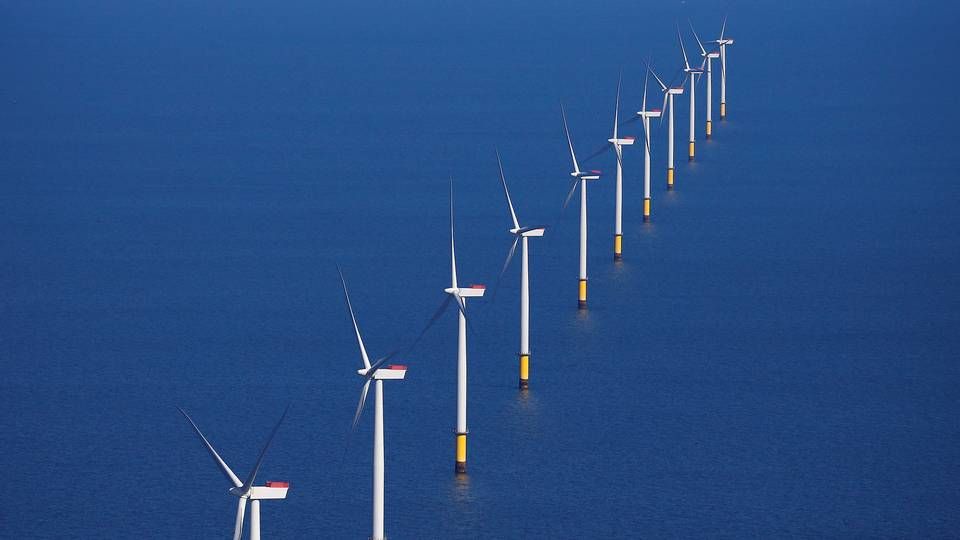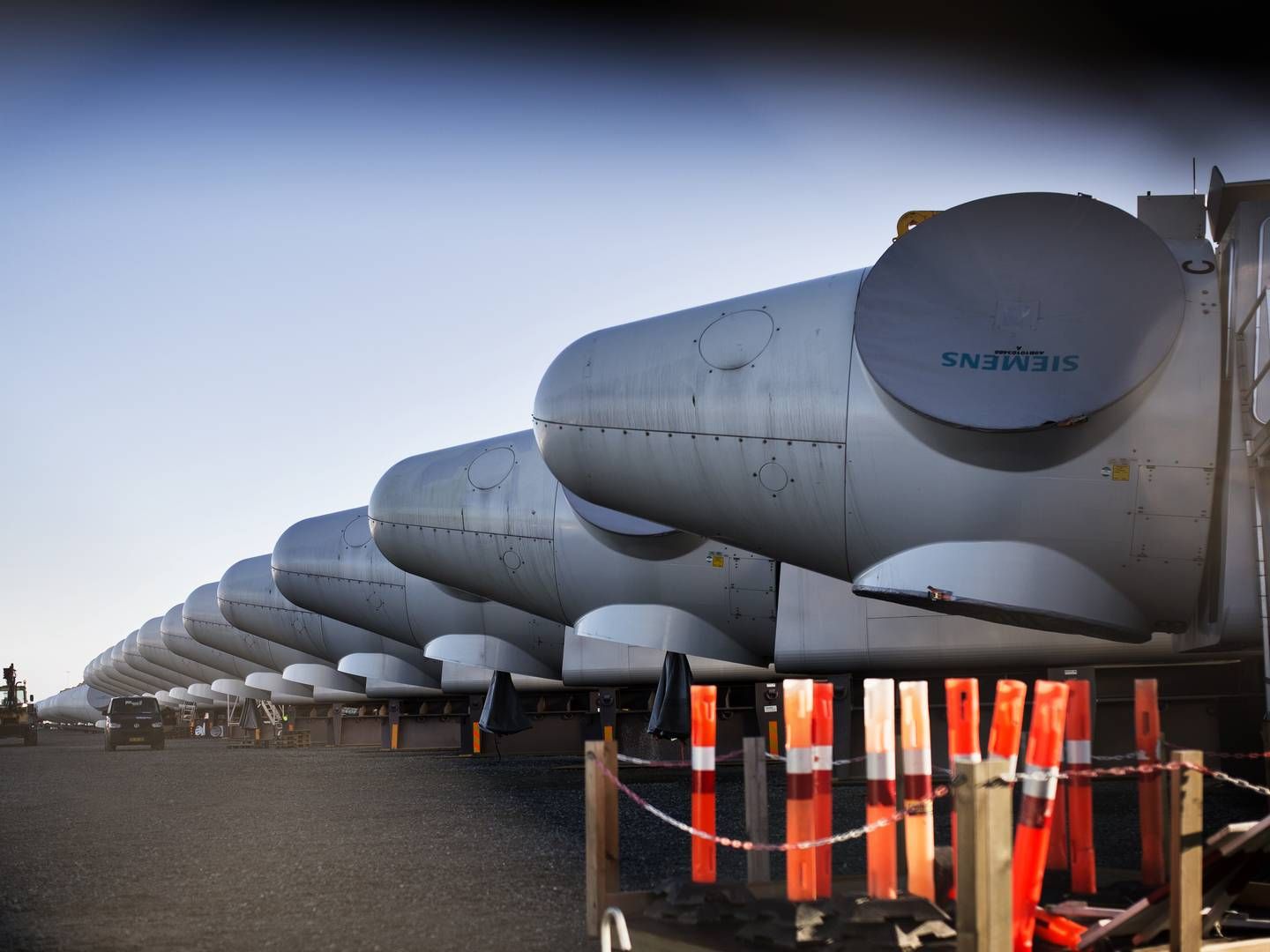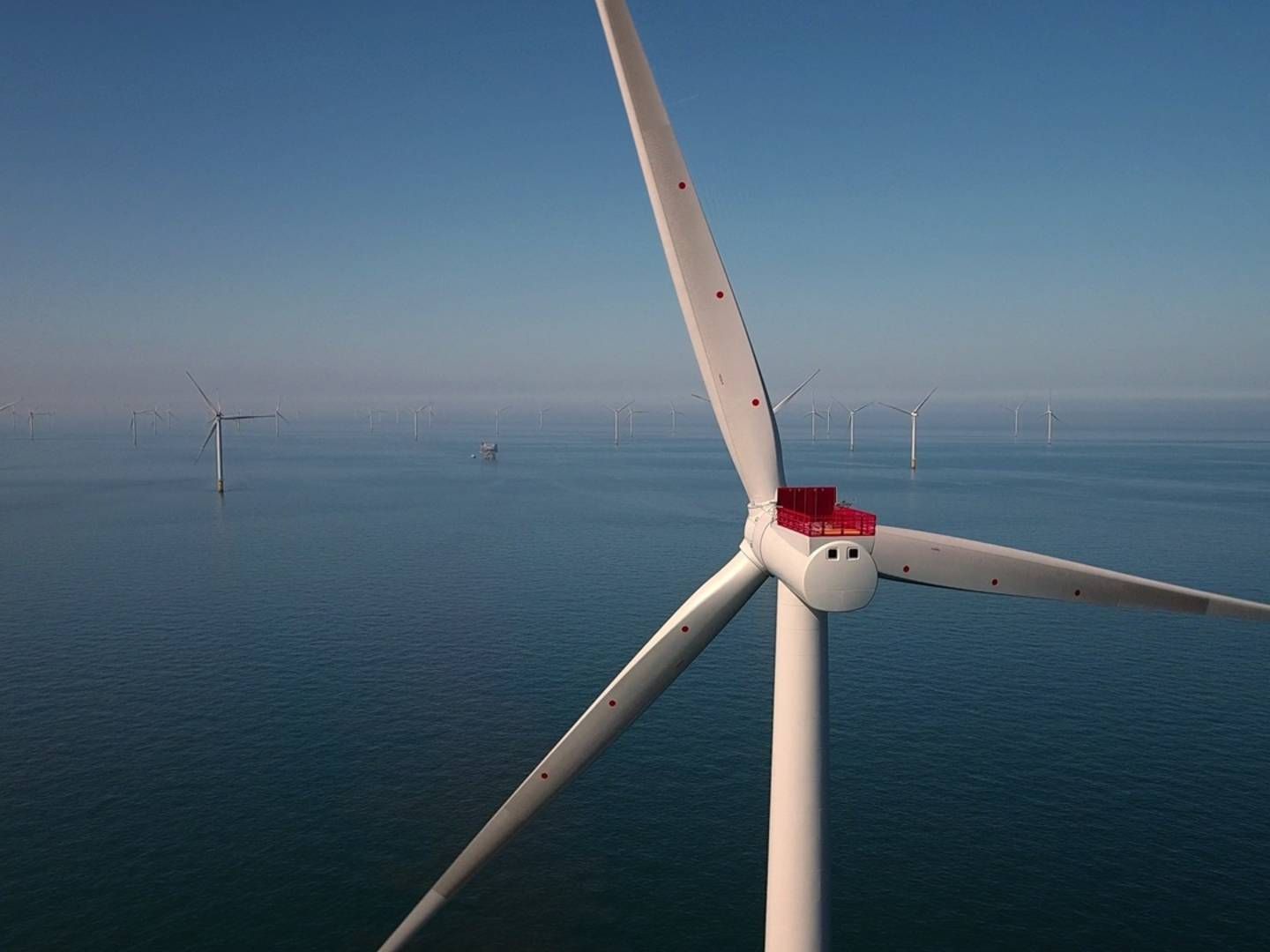Offshore wind's Hydra grows another head

OFFSHORE 2019:
As the heads of the mythical Hydra, overcoming obstacles often spawns new issues each time a head is severed.
This is also the case for the offshore wind industry. After seeing prices plummet, most recently reaching as low as EUR 0.041 per kWh in the UK's latest Contracts for Difference (CfD) auction, the sector is pursuing 20-fold growth to the capacity target of 450 GW by 2050.
This has resulted in a new issue moving up the list of the sector's challenges: planning marine sites to hold so many wind turbines without seriously upsetting other maritime users.
"A few years ago, we didn't expect the development in price reductions to move so quickly, but we're here now and have a challenge with marine site planning, for which we must find a solution in cooperation with the other existing users of the sea," says Ørsted UK Country Manager Benj Sykes.
These other entities are the military, the shipping sector and fisheries. And already now – when offshore wind is only at a fraction of the 2050 ambition for 2050 – and the struggle for marine space has intensified.
Most recently, the Swedish military blocked Vattenfall's Taggen project last month. The development's commissioning was otherwise planned for 2024-'25. Meanwhile, Vineyard Wind is fighting a tug-of-rope match with the New England fishing industry, which is protesting the project's design – a conflict that has now also involved the other offshore wind developers on the the US Eastern Seaboard.
"When an offshore wind farm is in place, it becomes de facto impossible to fish in the area," says European Association of Fish Producers Organisations (EAPO) President Pim Visser at the Offshore 2019 conference in Copenhagen.
The offshore wind industry seriously flexing its muscles and scaling up ambitions risks creating anxiety among established players that have operated at sea for centuries – even millennia.
No declaration of war
Although this squabble is a recent development, fighting over marine dominance is nothing new.
For many years, much of the debate centered about consideration to birds. Examples of this range form Centrica's Docking Shoal project, scrapped back in 2012, to the Neart Na Gaoithe development that is only now ready for installation following many years of legal battles, to Ørsted's extension of Race Bank, which in August failed to secure seabed allotments because of possible violations of an EU environmental protection directive.
It's thus essential for the sector to enter constructive dialog with other maritime players and not shove itself zealously forward using the momentum of global climate change mitigation.
"There are further challenges, and we're taking these into account. I spend a lot of time speaking with fisheries to understand their concerns, but I fully acknowledge that as we scale up, we'll need to come up with new solutions," says Sykes.
German pickle
If the new goal for 450 GW by 2050 is going to be achieved, the industry must requisition an area corresponding to the size of Ireland. However,WindEurope's new report informs that 60 percent of Europe's marine areas are not available for the offshore wind build-out. That will require some attention if the ambitions are going to manifest.
Germany, for instance, will account for 35.5 GW of WindEurope's projected offshore capacity in 2050, but the country is still exploring where it would be able squeeze in more offshore wind relative to its aims, published in the federal government's climate policy, which raised the offshore target from 15 to 20 GW.
For example, present legislation prevents offshore wind from being built with 22 kilometers from the coast Germany's Baltic Sea waters as the country upholds Europe's most restrictive protection at its Natura 2000 areas. This is one factor behind 93 percent of Germany's Baltic areas being excluded from offshore wind.
"We don't yet know whether it will be located in North Sea or the Baltic, but we are currently assessing this," says German maritime planning coordinator Norbert Brackmann (CDU).
Critical infrastructure
Finally, national militaries have watched from their command bridges as wind turbines sprouted up along European coastlines while wondering about the lack of better communication with the industry.
"When I'm standing on he bridge, I'm struck by how vulnerable wind turbines are – those fragile structures and submarine cables. And if something were to happen to them, cities would face blackouts. Wind turbines are to a high degree critical infrastructure requiring protection in line with, for instance, a nuclear power plant," said Belgian Navy Captain Jan de Beurme at the Offshore 2019 event.
"Offshore wind is an advanced technology we'd like to understand. So, we contacted the Belgian offshore wind sector. But please don't wait for the Navy to contact you," he recommended to the audience.
It took a whole year to build up sufficient confidence between the offshore wind sector and the navy, but this newly established cooperation now meas that the navy can, for instance, gain access to surveillance cameras on Belgian offshore turbines, thereby sharing the sea in a form of symbiosis – something established maritime users have already learned, with offshore wind now needing to do the same.
"Offshore wind is a part of the maritime sector. You need to understand that," Beurme said.
Baby steps toward collaboration
"We are absolutely a part of the maritime sector – to a high degree and just as much as the navy, fisheries and shipping. This requires that we take responsibility and acknowledge that we're moving into an area where there are other players, which have both economic interests and concerns for the environment," Sykes says.
The offshore wind sector is trying to calm other maritime users by saying that, even though 450 GW might sound like a lot, it appears less dramatic when construed in percentages. Achieving the 450 GW target would require no more than 3 percent of European territorial waters in 2050.
The hurdle here is that fishing is a semi-nomadic profession, whose areas circulate over time. In part, fisheries and offshore wind developers compete for the same sea sites.
"We don't fill the sea with wind turbines. We're talking about 3 percent, but we acknowledge that there is a large overlap between the areas seen as attractive and the shallow areas that appeal to the fishing industry as well as where there are Natura 2000 areas," Sykes says and continues:
"There's a reason why so many facilities have names including 'bank'."
EU to rethink zoning
According to Bernhard Friess, director for Maritime Policy and the Blue Economy at the EU Commission's DG MAR unit, the areas feature so much activity that the EU needs to rethink its zoning to allow several users to utilize the same sites, for instance, with the Belgian navy's cameras.
"We need to rethink it in the sense that the space cannot only be used by a single player. An area holding a wind farm could also be used to grow algae. We look to give it a closer look," Friess said at the conference, adding that maritime planning and European energy policies could become knitted more closely together during development phases.
That would be an important first step for the offshore wind industry, which, as the latest arrival to the party, often feels it's in the back of the queue concerning space.
Clarity is still lacking about how to best move forward in opening up access to further offshore project sites.
Initially, however, Ørsted will dwell for a while on the new head of the Hydra that turned up now that prior obstacles such as the price difference between offshore wind and fossil energy seems to have been solved. In this sense, the struggle at sea looks like a luxury problem only illustrating the fact that offshore wind is no longer a niche operation, but is rather beginning to assemble its vertebrae in the aim for forming the spine of Europe's future energy mix.
"We'll find a solution, because we must achieve this goal. At first we must enjoy the fact that our challenge is finding space for offshore wind, because that problem only exists because we have already solved all our earlier main challenges," Sykes says.
English Edit : Daniel Frank Christensen
Europe's offshore wind industry prepares expansion push in pursuit of 450 GW
Enel reiterates offshore wind critique
Siemens Gamesa closes five-year-old offshore wind order
Vattenfall says capacity race won't end at 12 MW turbine
Report says wind will provide 30 percent of global power in 2050
Offshore wind top warns of pressure on the industry
Polish industry optimistic despite political slapping
Related articles
Enel reiterates offshore wind critique
For subscribers
Siemens Gamesa closes five-year-old offshore wind order
For subscribers






















.jpg&w=384&q=75)


